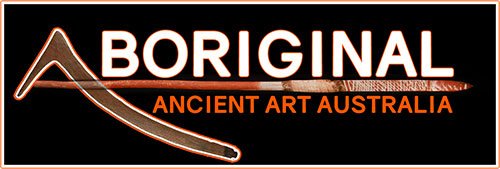Emily Kame Kngwarreye
ABOUT:
Emily Kame Kngwarreye (or Emily Kam Ngwarray) (1910 – 2 September 1996) was an Australian Aboriginal artist from the Utopia community in the Northern Territory. She is one of the most prominent and successful artists in the history of Contemporary Indigenous Australian art.
Life:
Born in 1910, Kngwarreye did not take up painting seriously until she was nearly 80. She was born and lived in the Anmatyerre language group at Alhalkere in the Utopia community, about 250 km north east of Alice Springs. Emily had one brother and one sister, and no children of her own. Her brother’s children are Gloria Pitjana Mills and Dolly Pitjana Mills.[1] Kngwarreye died in Alice Springs.
Early art
Acrylic paintings were introduced to Utopia in 1988/89 by Rodney Gooch and others of the Central Australian Aboriginal Media Association (CAAMA). An exhibition of some of the paintings of these artists’ work organised by CAAMA was held called “A Summer Project”, where Kngwarreye’s work got immediate attention from critics. The attention she received coincided with the worldwide art boom that occurred at this time.
Whereas the predominant Aboriginal style was based on the one developed with some assistance from art teacher Geoffrey Bardon at the Papunya community in 1971 of many similarly sized dots carefully lying next to each other in distinct patterns, Kngwarreye created her own original artistic style. This first style, in her paintings between 1989 and 1991, had many dots, sometimes lying on top of each other, of varying sizes and colours, as seen in Wild Potato Dreaming (1996).
Initially Kngwarreye painted for CAAMA and the Holt family at Delmore Downs Station; by 1991 she was producing many works for the Aboriginal Gallery of Dreamings in Melbourne as well as Fred Torres of Dacou located in Adelaide.
These original paintings of different styles quickly went for high prices at auction, with a revenue for the Utopia group of painters of more than $1 million in 1989/90. The first international solo exhibition of Kngwarreye was held at the Oude Kerk, Amsterdam, in 1999 by the Aboriginal Gallery of Dreamings. In 2013 the Emily Museum,[4] the first museum featuring a single Aboriginal artist opened in Cheltenham, Victoria, Australia.
Styles:
Kngwarreye went through many different individual styles in her short career as a professional painter. In 1992, she began to join the dots into lines with parallel horizontal and vertical stripes, representing rivers and terrain, in many different colours. She began using larger brushes than previously. Her later paintings were based on much larger dots than the finer, more intricate work which she did when she started.
In 1993 she began painting patches of colour along with many dots, which were like rings that were clear in the middle as seen in Alaqura Profusion (1993). This was made with a shaving brush that was called her ‘dump dump’ style, which used very bright colours. The same style of rings of colour are also seen in My Mothers Country and Emu Country (1994).
In 1995 she ended what critics called her ‘colourist’ phase and began painting with plain stripes that crossed the canvas. The originally thick stripes often represented the lines of yam tracks, as in Yam Dreaming (1994) and Bush Yam (1995). She expressed the strange growth patterns of the yam, a plant which was critical for human survival in the desert, but was very difficult to find.
Later in 1995 her paintings started to resemble in some ways the American abstract expressionist paintings of Jackson Pollock, with many thinner lines that criss-crossed the canvas. Her main theme continued to be yams, as in Yam Dreaming Awelye (1995) and also in black-and-white Yam Dreaming paintings. Several weeks before her death, Kngwarreye painted many canvases over a 3-day period in 1996, using a very thick brush, as in Body Paint (1996).
Yam dreaming:
Kngwarreye particularly featured yam tracks in her works. The yam plant was an important source of food for the Aboriginal people of the desert. She painted many works on this theme; often her first actions at the start of a painting were to put down the yam tracking lines. This plant was especially significant for her: her middle name Kame means the yellow flower of the yam that grows above the ground. She described her paintings as having meaning based on all the aspects of the community’s life, including the yam plants. In one of her few well-known statements about her work, she said her paintings mean: “Whole lot, that’s all, whole lot, awelye, arlatyeye, ankerrthe, ntange, dingo, ankerre, intekwe, anthwerle and kame. That’s what I paint: whole lot.
Success:
The success and demand for Kngwarreye’s paintings caused her many problems within the community as she tried to maintain her individual identity. The myth of the woman in her 80s who had never been outside the central desert becoming a great painter was one reason for her popularity. She had in fact, been to Perth, Adelaide, Sydney and Canberra, though this was only after she had become famous. There was much pressure from the white community for her to paint in a certain way, when they believed that one of her styles was more successful than others.

